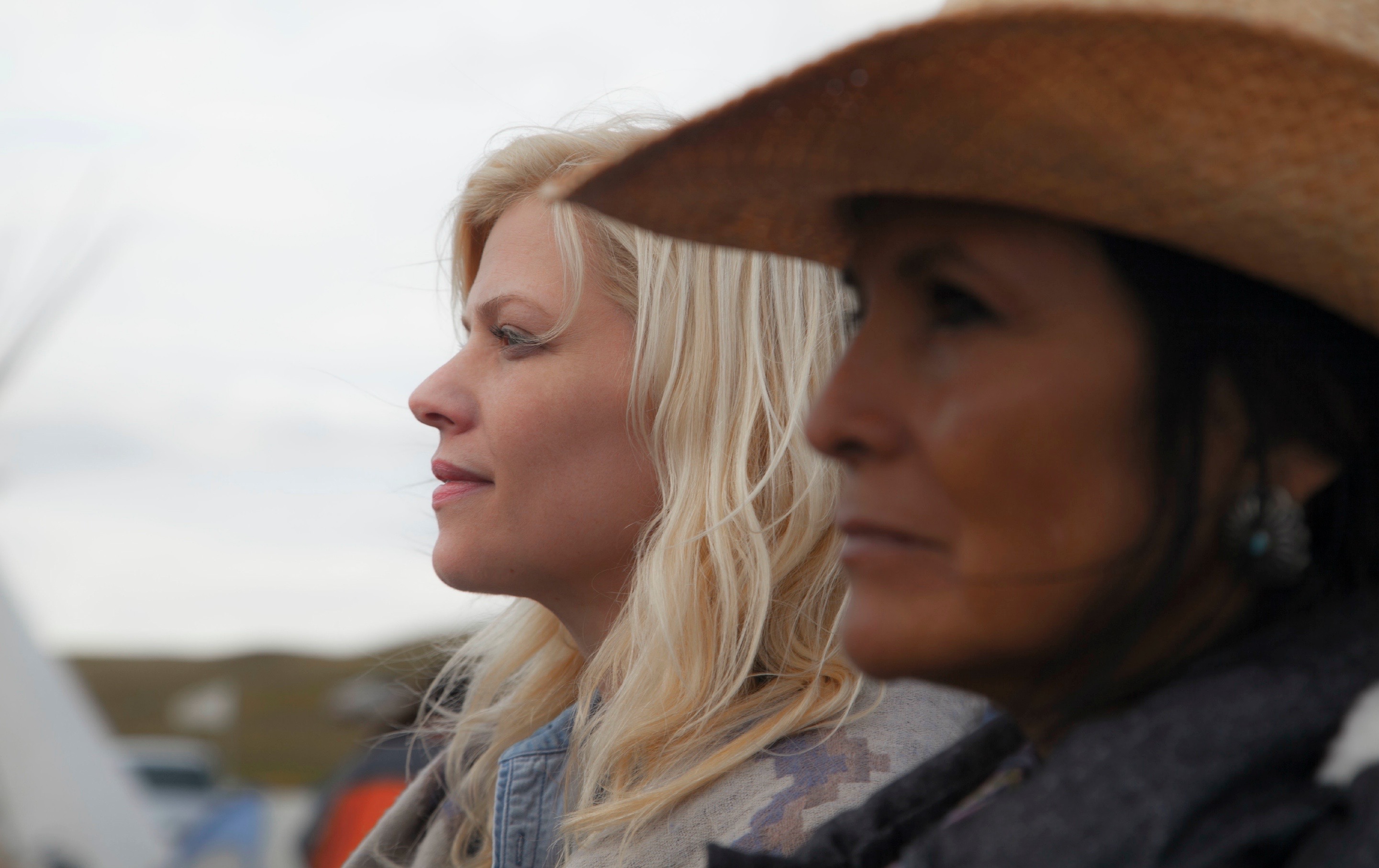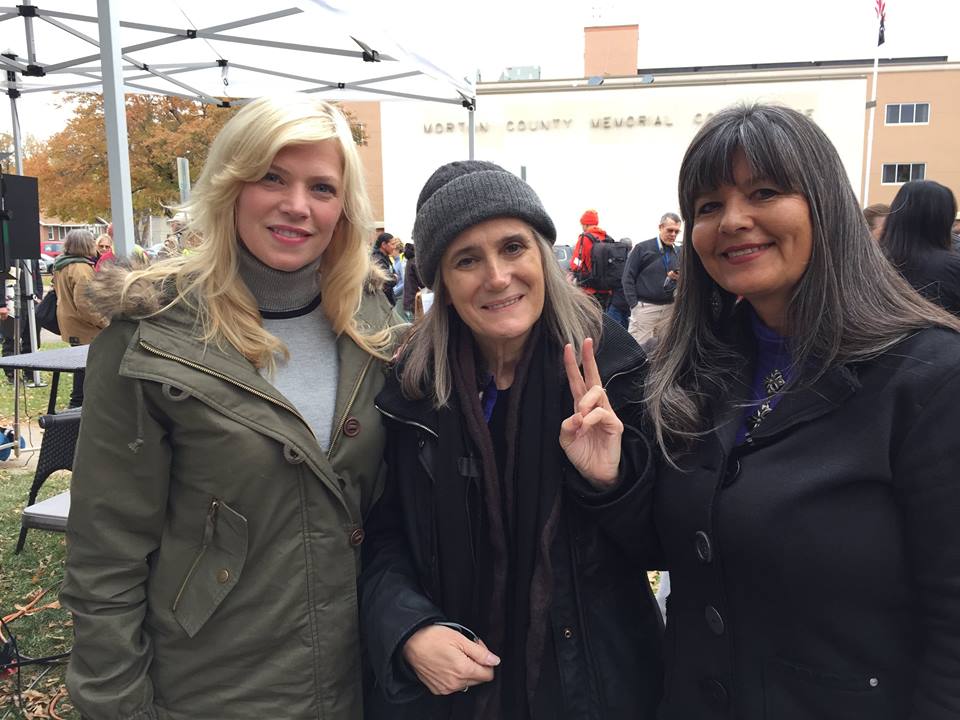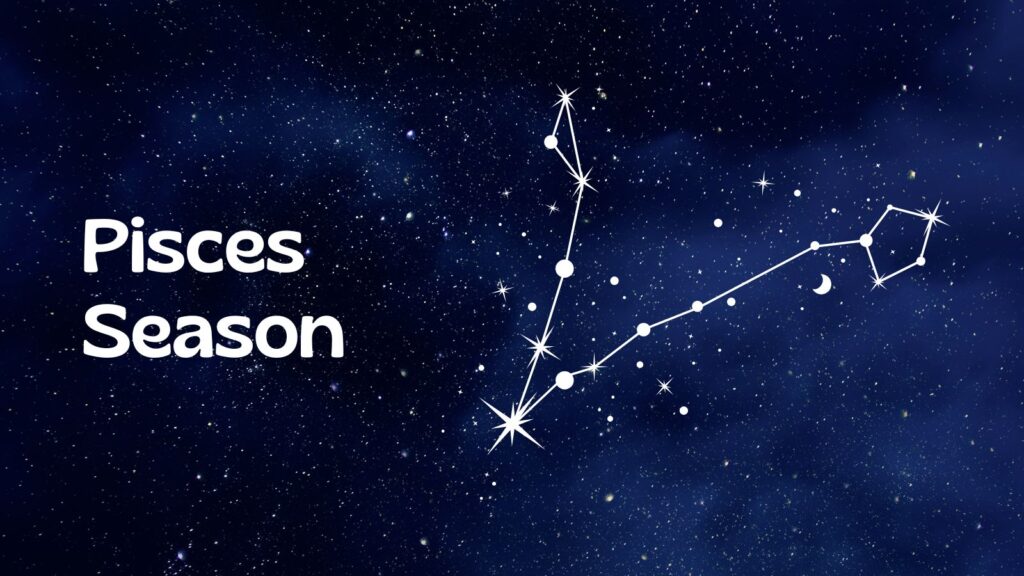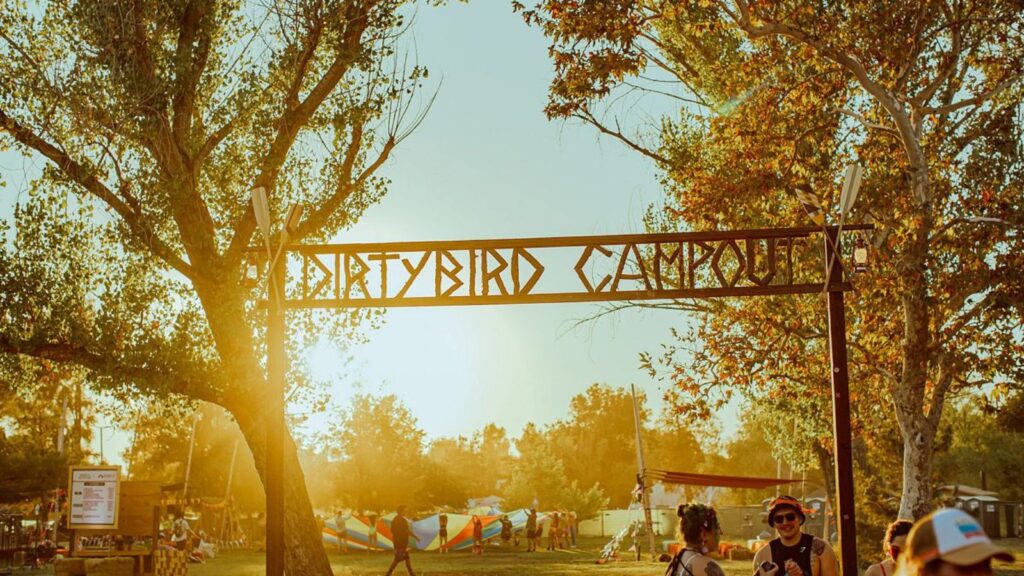When Shannon Kring first heard about Standing Rock she knew she had to go there. Once she arrived and saw that women are a driving force among the water protectors, she understood that she had to direct a documentary about the women of Standing Rock.
When Shannon Kring was two years old she toddled over to her mother with a pencil. “Teach me to write,” she said. Three months later she was putting together her own books. Shannon was first published when she was five years old. She won her first national writing award when she was eight years old.
At age fourteen Shannon took photographs and interviewed strangers she sensed were near death. Her first indigenous teacher took her under wing when she was sixteen. By the time she turned eighteen she had compiled a library of audio interviews with people from every walk of life. Shannon payed for her college education with writing scholarships and awards. She won an Associated Collegiate Press Award.
After college Shannon wrote four critically acclaimed nonfiction books with Random House/Broadway Books, Perseus Books/Running Press, and Gibbs Smith. Her fifth book was self-published. She’s won numerous writing awards, including the IBPA Benjamin Franklin Award for Best Cookbook 2006.
In her early thirties Shannon built a culinary empire including acclaimed restaurants, award winning cookbooks, culinary schools, cookware sold at Macy’s and on QVC and an Emmy-winning PBS series. But she felt called to another life. So Shannon began an exploration into the forbidden and the forgotten. She accepted invitations to rites immortalizing the living, feasts summoning the dead and ceremonies blessing the land.
Shannon was granted unprecedented access to typically fiercely guarded information and groups enabling her to explore never before seen practices. During this time, she conducted and archived over 3,500 interviews in nearly fifty countries.
Shannon is very active in Honduras, where for a decade she’s worked independently to protect both heritage and people. She became the United Nations World Tourism Organization Liaison for Honduras in 2015 and she was proclaimed an official Goodwill Ambassador of Honduras.
Shannon’s documentary work and television productions have been screened by dozens of governments, and leading institutions including the United Nations Permanent Forum on Indigenous Issues, the Smithsonian Institution Museum of the American Indian, NASA, the British Museum, UNESCO, the National Museum of Finland, and many others.
She’s been featured on television and radio worldwide and in more than three hundred print publications including the Wall Street Journal, Bon Appetit, and Variety. Shannon has keynoted events in nearly 50 countries. She speaks about women’s issues, human rights, and indigenous affairs.
Tamra Lucid: Where did you first hear about the water protectors?
Shannon Kring: I first heard about the water protectors from my parents back in the States. I’ve been living in Honduras, where similar struggles are taking place. It still hasn’t made the news there. Not surprising, since it’s not really been covered at home.
What were your first impressions when arriving at camp?
My reaction: WOW. I’d read that there were “almost 1,000” present at the time of my arrival. There were actually more than 5,000. By the time I departed from my first shoot, the number neared 10,000.
The second thing that struck me was the incredible energy. It was at once invigorating and calm. The sense of connection and goodwill is unlike anything I’ve ever felt.
What was the most poignant experience you had while there?
I have had countless poignant experiences, often within one shoot day. Perhaps my most treasured occurred just this week, when I was granted an exclusive interview with the mother of the first baby—a girl—born at the Standing Rock camp.
I suffered a devastating, second-trimester miscarriage over the summer. My first child, a daughter, would have been born this week. The same week beautiful Wiconi was born. After the incredibly powerful interview, I sat privately with the mother and child. What transpired has helped me in my healing journey. It has also reaffirmed by belief that there are no coincidences.
Where did you first learn about the prophecies of the black snake and the rising of the women?
I only learned of the Black Snake this fall, but I heard about the prophecies surrounding the women starting back in the 1990s. And then when making my first documentary, 2012: THE BEGINNING, I began researching the prophecies of first nations peoples around the world. Within almost no time, I’d found 29 prophecies indicating that between the years 2012 and 2020, women would be called forward to usher in a new era.
How did Pearl Daniel Means become involved with “End of the Line: The Women of Standing Rock?”
When this film chose me (yes, I believe it chose me, rather than me it), I was sitting in a coffee shop in Tegucigalpa, Honduras. Pearl was the first person I contacted. Her Lakota name is Iyoyanbya Izanzan Win, or “Bright Light”. That’s what Pearl has been in my life since 2012, when I had the honor of interviewing her and her husband, the American Indian activist Russell Means, shortly before his death. “Let’s do it, sister!” was her reply. Thanks to the generosity of a few dear friends who backed our first shoot, we were rolling just four days later. Pearl is wonderful both in front of and behind the camera.
I was moved by the fact that you are sometimes asked to conduct the final interviews of great tribal leaders. How did you earn their trust and what have you learned in those sacred moments?
To be welcomed into the lives, work, sacred ceremonies, and vulnerabilities of the some of the most remarkable beings of our time is something I take very seriously. This is especially the case when it comes to great tribal leaders. I’m well aware that I look like those who have caused and are causing great harm to indigenous people the world over. Sometimes these individuals tell me they can feel and see my pure intent. A surprising number of times, I’m told that they were guided to me by something greater than ourselves. No matter what brings my interview subjects and me together, my prayer is always the same: that light works through me, enabling the interviewee’s heart to open. When someone speaks from the heart, she invariably inspires others to do the same. What I have learned is to trust the process.
You’ve filmed secret rites all over the world, from celebrations of life to the funereal. What are some of the cultures you’ve documented? What moments stand out to you as the most meaningful?
I have been blessed to interview those representing cultures from around the world. It’s no secret that I have a special place in my heart for the people of Honduras, where in a nation of just 8 million, there are nine indigenous groups struggling to maintain their identities. Four of my last five productions have been shot at least in part in there. If I had to pick a moment that has stayed with me the longest, it would be the last interview of American Indian activist Russell Means. The most powerful exchange happened off camera, butthis excerpt from the interview changed the course of my life and career.
What inspired you to make “2012: The Beginning,” one of most popular, and reasonable, films about Dec 21 2012 and the Mayan Calendar?
Like with “End of the Line: The Women of Standing Rock,” “2012: The Beginnig” chose me. My inspiration was an almost obsessive desire to examine the truth behind this much-storied date. I didn’t know the truth when I sought out to tell the story, but I knew that what was being portrayed in the mainstream wasn’t it. And so what began as a mild amusement with other productions playing up the doomsday angle turned to upset. One day in April 2010, I caught yet another sensational documentary about what the ancient Maya supposedly said. This time, I got furious. “I just don’t know why no one is trying to tell the real story!” I cried. I literally started crying. “Why isn’t someone doing something about this?” And then as quickly as my tears began, they stopped. I realized that I had no right to be upset about someone not willing to change something, if I myself wasn’t willing to do it. I had no money, no experience in film, and no idea what the truth really was. But I felt I had no choice but to make the film. I took a leap of faith, and with amazing support seen and unseen, landed on my feet.
As a director you make unusually beautiful and evocative use of scenes of nature. Do you find those moments serendipitous or hard work?
Thank you, Tamra. I’m not sure if it’s a blessing or a curse (probably both), but I have a tendency to see only the beautiful. It’s not as if I don’t know darkness and ugliness is present in the world. Even in circumstances and relationships in which I should probably abandon all hope, I can’t. My focus, and therefore my lens, gravitates toward goodness. Even in her fury, nature is beautiful. She calls to us all. We just have to keep our eyes open.
How did you become official Good Will Ambassador of Honduras? What should we all know about Honduras in 2016?
My love affair with Honduras began 10 years ago. I will never forget the moment when I stepped off the airplane the first time. I felt an immediate and profound connection. I had never felt anything so strongly in all my life. It was inexplicable. My eyes filled with tears, and I felt an opening in my chest. Honduras felt like home, but no home I had ever known. My heart still swells every time I return home, and inhale its unmistakable scent. I call Honduras the Heart Center of the Americas. North America is like the head. It is very much about intellect. South America is like the body. It is very much about the physical. Geographically and in terms of the feel of it, Honduras is the heart. I believe that the world needs more heart. And that if you heal the heart, you can heal the world.
What I’d most like people to know about Honduras is that despite the hardships they continue to endure, the people of Honduras are the kindest in the world. They deserve peace. Opportunity. Equality.
Your television documentary series “Sacred Foods” could be described as a blend of culinary and archeology shows. What are some of the ways in which you’ll explore the ancient and modern?
“Sacred Foods” is my return to being in front of the camera after eight years behind it. It is such a labor of love. In it, I unlock the mysteries of secret temples and tombs, and of lands and kitchens untouched by time. Wisdom keepers from around the world have sworn to preserve and protect the recipes and rituals of their ancestors. Only now are they lifting the veil on their never-before-seen culinary practices long shrouded in mystery and intrigue. These amazing teachers provide practical tips for how anyone, anywhere can better nourish their minds, bodies, and spirits. It is an honor to bring forward these powerful messages.
https://www.indiegogo.com/projects/end-of-the-line-the-women-of-standing-rock-environment#/
https://www.facebook.com/endofthelinefilm
***
This is the fourth in a series of interviews with Standing Rock Protectors. You can see the other installments below.
Standing Rock Protectors Interview: Cosme Duarte
Standing Rock Protectors: Gina Marie
Notes from Standing Rock















